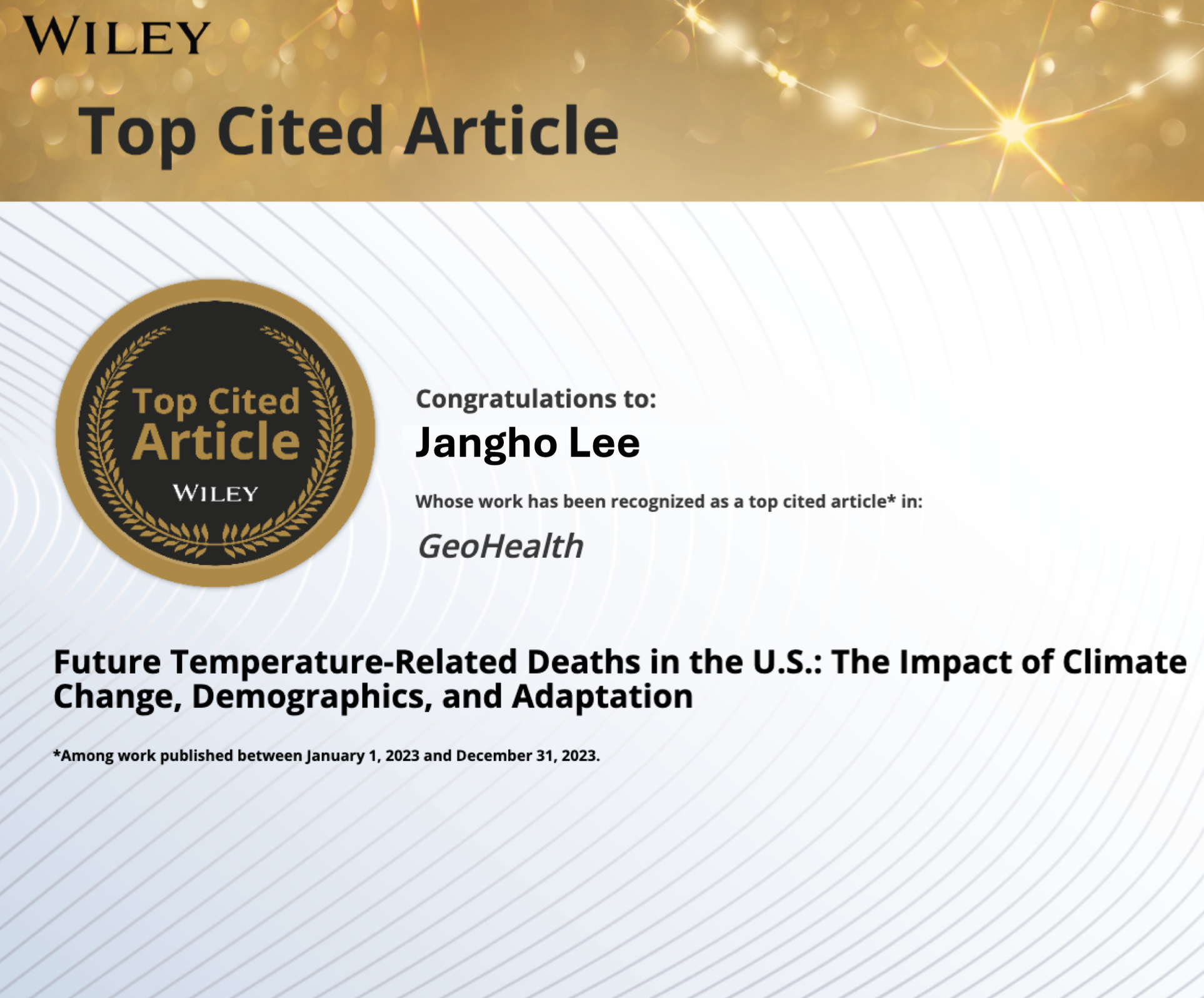About Me
I am a Postdoctoral Researcher at the University of Illinois Chicago, working on the CROCUS project in collaboration with Argonne National Laboratory. Within this effort, I serve as the Planning Lead for the Artificial Intelligence and Digital Twins (AIDT) initiative, advancing data-driven approaches to understand and manage complex urban climate systems.
Research Focus
- Urban Climate Physics — I study how urban form, surface energy balance, and anthropogenic heat shape local microclimates. My work integrates physical climate modeling with high-resolution environmental sensing to uncover the mechanisms behind urban heat, flooding, and air-quality dynamics.
- AI-Enhanced Environmental Data Science — I develop AI-driven frameworks that combine satellite, sensor, and model data to enhance environmental observability. Using methods such as convolutional and recurrent networks, hybrid physics–AI models, and generative architectures, I reconstruct, downscale, and interpret complex environmental processes.
- Climate Impacts and Urban Resilience — I link physical and social dimensions of climate impacts by quantifying how urban heat, flooding, and pollution intersect with socioeconomic vulnerability. My research translates environmental data into actionable insights for equitable climate adaptation and mitigation.
- Digital Twin Systems for Climate Intelligence — I lead efforts to build urban digital twin frameworks that fuse real-time sensing, AI analytics, and physics-based simulations. These systems enable adaptive forecasting, scenario testing, and evidence-based decision support for sustainable and resilient urban design.
Featured Updates

AGU GEC Early Career Spotlight

GeoHealth Top Cited Paper Award

Interview with AP News

